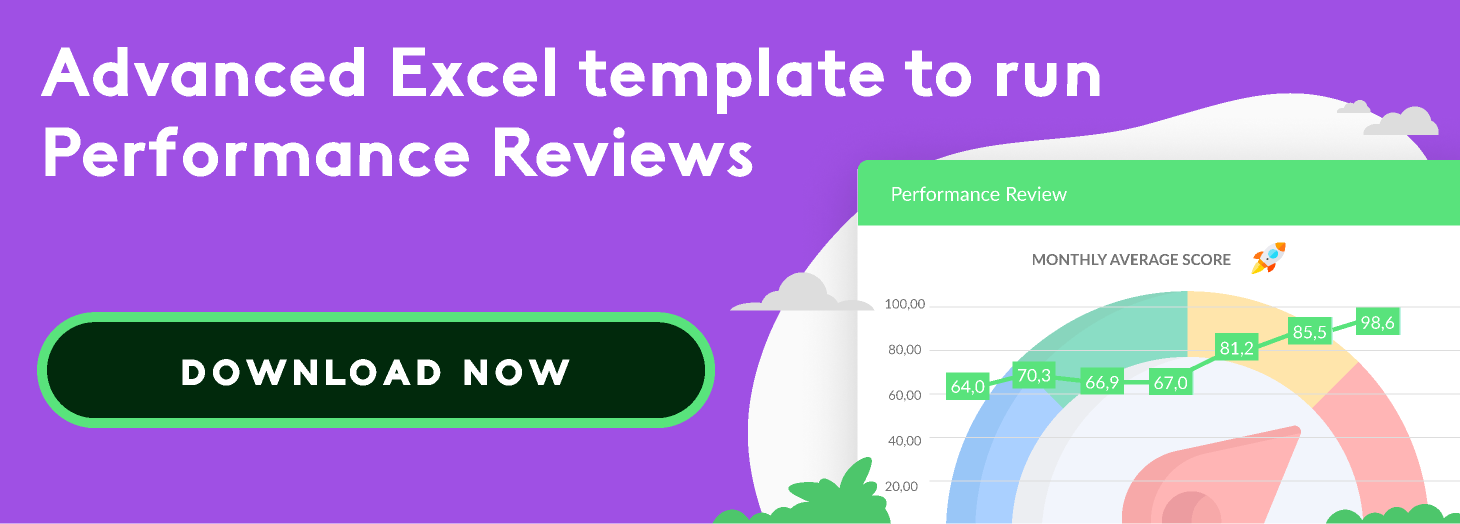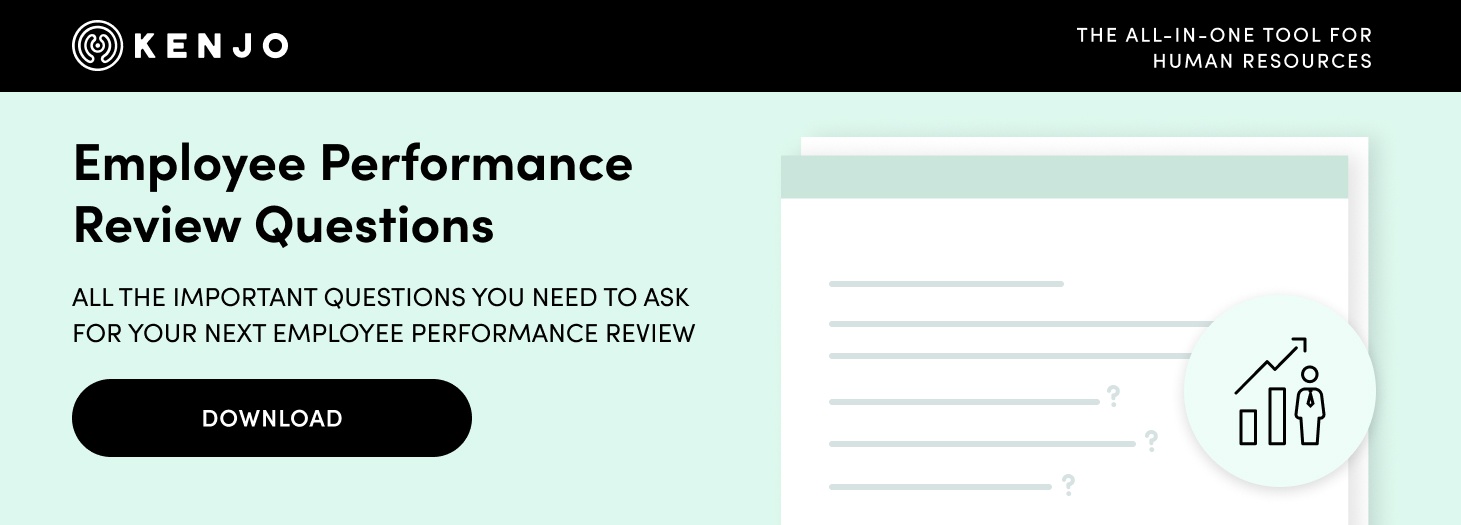“You can’t manage what you don’t measure”, according to Peter Drucker (a prominent business consultant). This quote reminds us of the importance of measuring and quantifying all the variables that affect the company, including its people. We therefore need to set some clear and precise performance assessment indicators.
Key performance indicators (KPIs) are metrics that help us quantify and assess the quality of the work a company’s employees carry out. The objective is to analyse efficiency and make decisions based on objective data, that helps to improve business management.
Therefore, indicators that show how efficient a company’s employees are appear among the most important KPIs of a human resources department.
- They enable you to identify a department’s key workers, to be able to reward or promote them.
- They motivate employees and encourage them to improve every day.
- They encourage participation and improve commitment to the company.
- The help in planning, strategy or internal training processes.
There are four different types of key indicators:
- Productivity indicators.
- Quality indicators.
- Efficiency indicators.
- Training indicators.

Productivity indicators
Performance assessment KPIs related to employee productivity are among those that most interest managers. They are important because they enable you to:
- Adjust time, capital and resources as effectively as possible.
- Assess the efficiency of processes.
- Monitor strategies and processes.
It's important to bear in mind that this value can vary over time (even days) for work or personal reasons.
How is productivity calculated? There are different formulas for doing this:
- Profit per employee= profit / number of employees This is a basic indicator which reveals the profit generated by each of the company’s employees. A high number is an excellent indicator for the company. If it needs improvement, the best course of action would be to invest in culture, training or technology designed to automate tasks and optimise processes.
Example: the company has 50 employees and its annual profit amount to a million euros. In this case, profit per employee will be €20,000.
- Revenue per employee= revenue / number of employees In this scenario, we only look at the total revenue, without taking expenses into account. This is a useful KPI which is similar to the previous one, but highlights the cost of human capital in relation to the business generated.
- Average task completion time= the total time taken to complete one task / number of times performed. This indicator allows us to measure the efficiency of the team.
Example: we measure the time it takes an employee to prepare an order that will be sent by courier, over the course of one week. We add the total time then divide it between the number of times we have measured to obtain an average. This experiment can be repeated regularly to identify improvements or problems.
- Overtime per employee= total overtime worked / number of employees Here, this indicator helps us identify if employees are working a lot of extra hours. This could be a sign of a productivity problem or an excess workload.

Quality indicators
While productivity indicators focus on how much work and employee does, quality indicators reveal the way it is done. In other words, they measure the results gained through the tasks performed. This is important because some employees fulfil their objectives in terms of volume, but not necessarily with the desired quality.
Some key indicators:
- Defective products= defective products / total number of employees. One way of measuring the quality of your employees’ work is by quantifying the number of defective products. This method is particularly useful in manufacturing industries. The standardisation of production processes should reduce this figure but it can still be used as reference.
- Number of errors= errors / number of employees. Error detection is an alternative to the previous KPI for companies in product design or programming.
Efficiency indicators
Efficiency is a difficult concept to measure because, by definition, something is regarded as efficient if it fulfils the purpose for which it was created. It may therefore be more useful, in this case, the user feedback processes to assess employees from this perspective.
- Feedback 360= this system involves gathering feedback about a specific employee from their colleagues, managers, clients and suppliers. Or rather, from people inside and outside the company with whom they work every day. We can ask them to rate an employee from 1 to 10 to obtain an average.
- Feedback 180= this is simpler process than the previous one, as it only requires feedback from the people closest to the employee: their boss and colleagues.

Training indicators
Another of the key performance indicators that could be included in the performance review template are those related to an employee’s level of training. If the company is developing training programmes, it's useful to know how much employees are benefiting from them. Performance reviews present a good opportunity to find out.
The first step is to measure whether the employee is attending the activities scheduled and then, implement an appraisal system to help you check whether they have learnt anything new.




